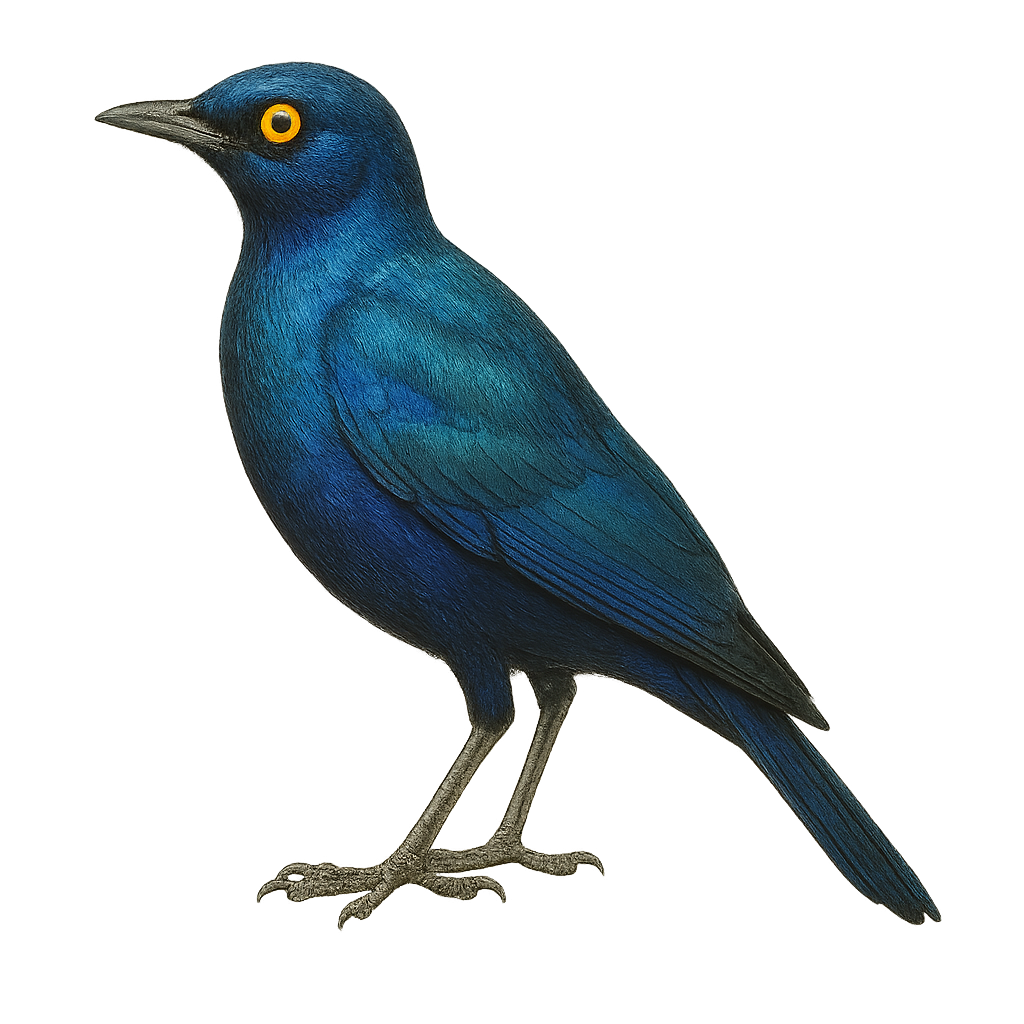Your wildlife photography guide.
Explore the cape starling in detail, study its behavior, prepare your shots.
Where to observe and photograph the cape starling in the wild
Learn where and when to spot the cape starling in the wild, how to identify the species based on distinctive features, and what natural environments it inhabits. The WildlifePhotographer app offers tailored photography tips that reflect the cape starling’s behavior, helping you capture better wildlife images. Explore the full species profile for key information including description, habitat, active periods, and approach techniques.
Cape Starling
Scientific name: Lamprotornis nitens

IUCN Status: Least Concern
Family: STURNIDAE
Group: Birds
Sensitivity to human approach: Suspicious
Minimum approach distance: 10 m
Courtship display: October to November
Incubation: 13-15 jours
Hatchings: October to December
Habitat:
Savannas, open forests, agricultural areas
Activity period :
Primarily active during the day, with peak activity in the morning and late afternoon.
Identification and description:
The Cape Starling, or Lamprotornis nitens, is a bird with dazzling plumage, mainly metallic blue-green, with iridescent reflections that catch the sunlight. Its yellow eyes contrast with its plumage, adding a touch of mystery to its appearance. This bird is often seen in small groups, feeding on fruits, insects, and nectar. It is known for its melodious and varied song, which it uses to communicate with its peers. It is mainly found in savannas, open forests, and agricultural areas of sub-Saharan Africa. Although generally tolerant of humans, it can be suspicious if threatened.
Recommended lens:
400 mm – adjust based on distance, desired framing (portrait or habitat), and approach conditions.
Photography tips:
To photograph the Cape Starling, use a telephoto lens of at least 400mm to capture the details of its iridescent plumage without disturbing it. Opt for the golden hours of the morning or afternoon to benefit from soft light that will highlight its metallic colors. Be patient and observe its feeding habits to anticipate its movements. A tripod can be useful to stabilize your camera and get sharp images.
The WildlifePhotographer App is coming soon!
Be the first to explore the best nature spots, track rutting seasons, log your observations, and observe more wildlife.
Already 1 432 wildlife lovers subscribed worldwide

